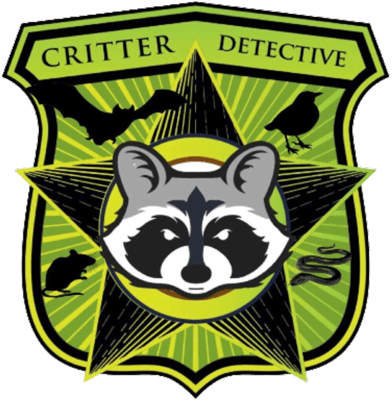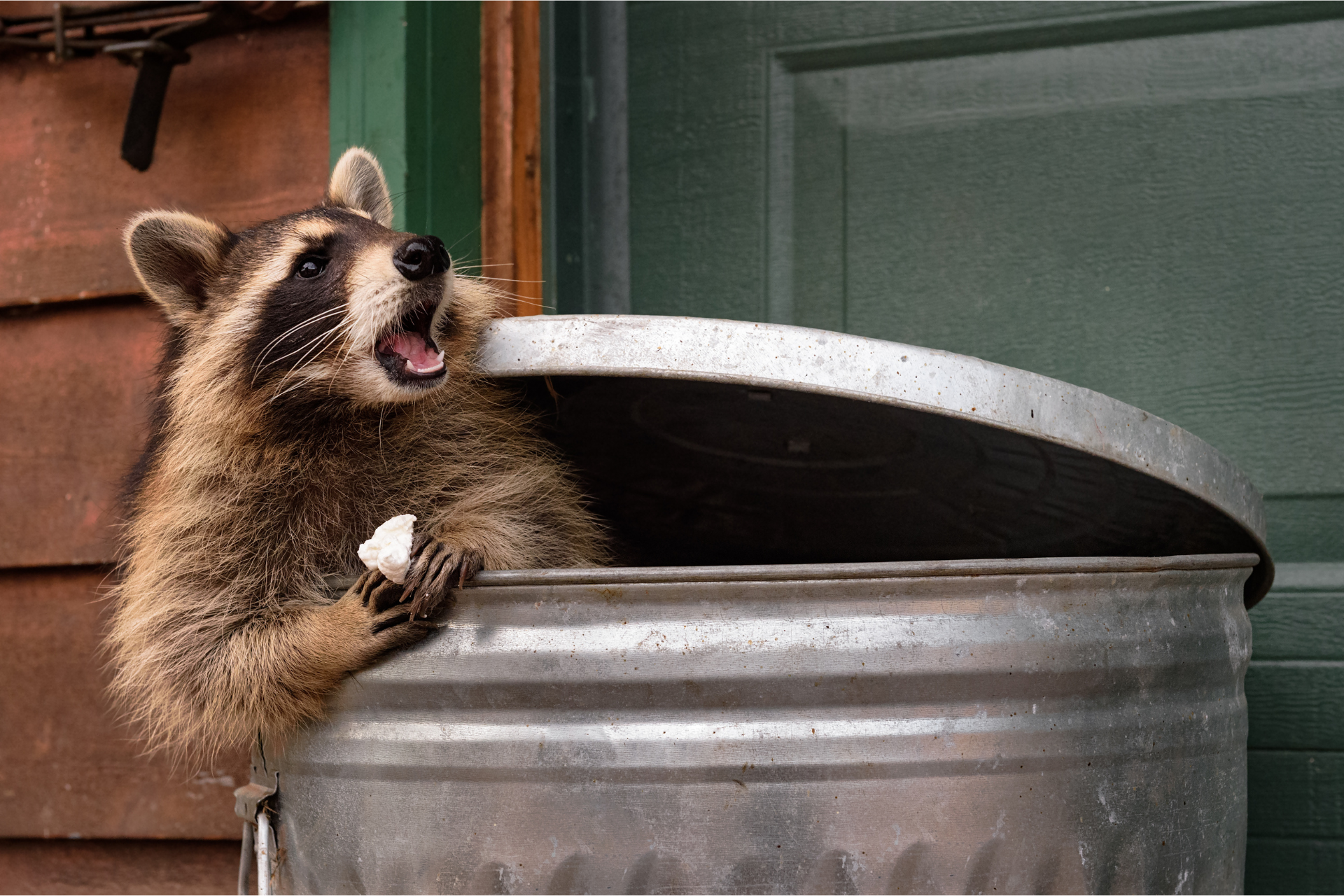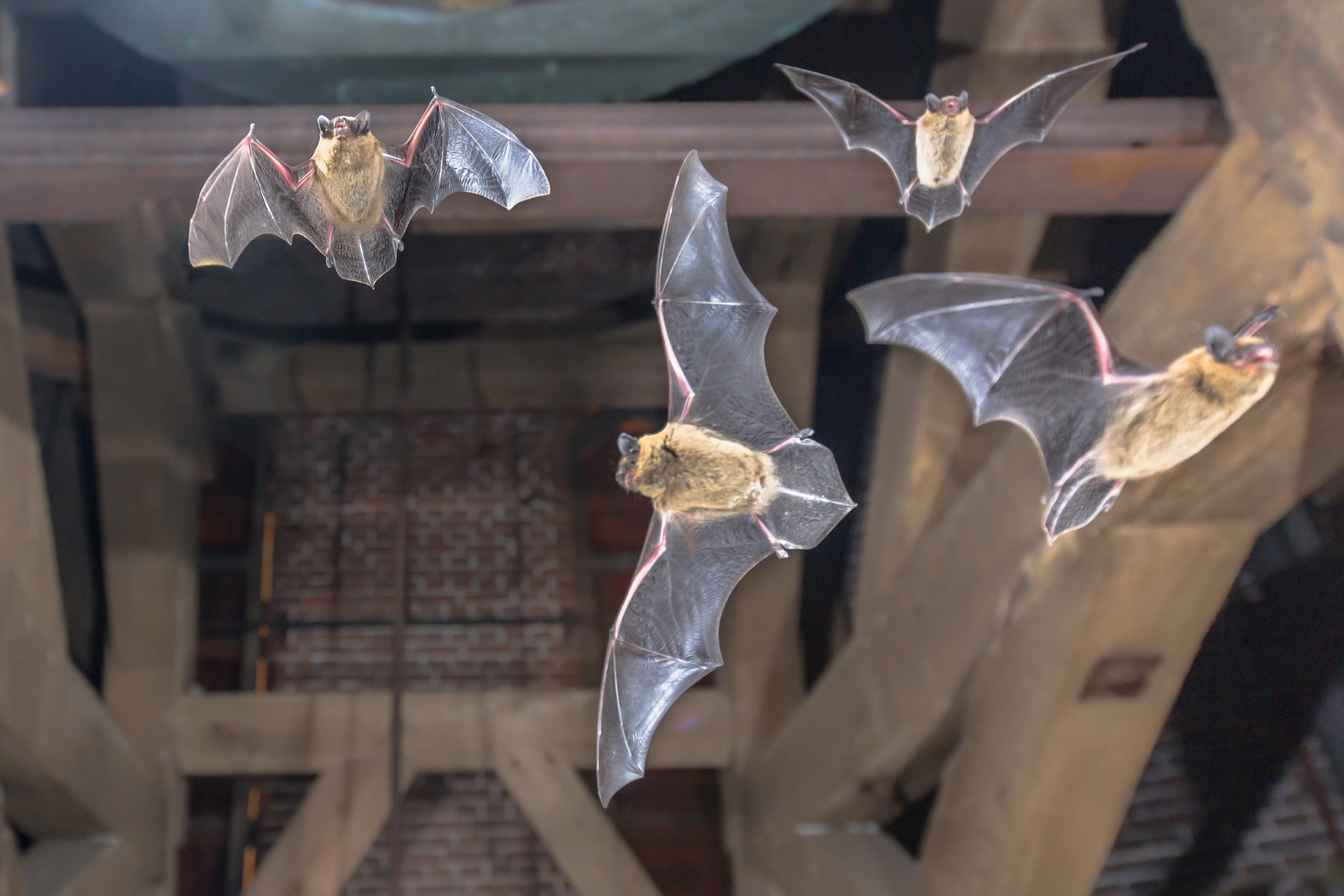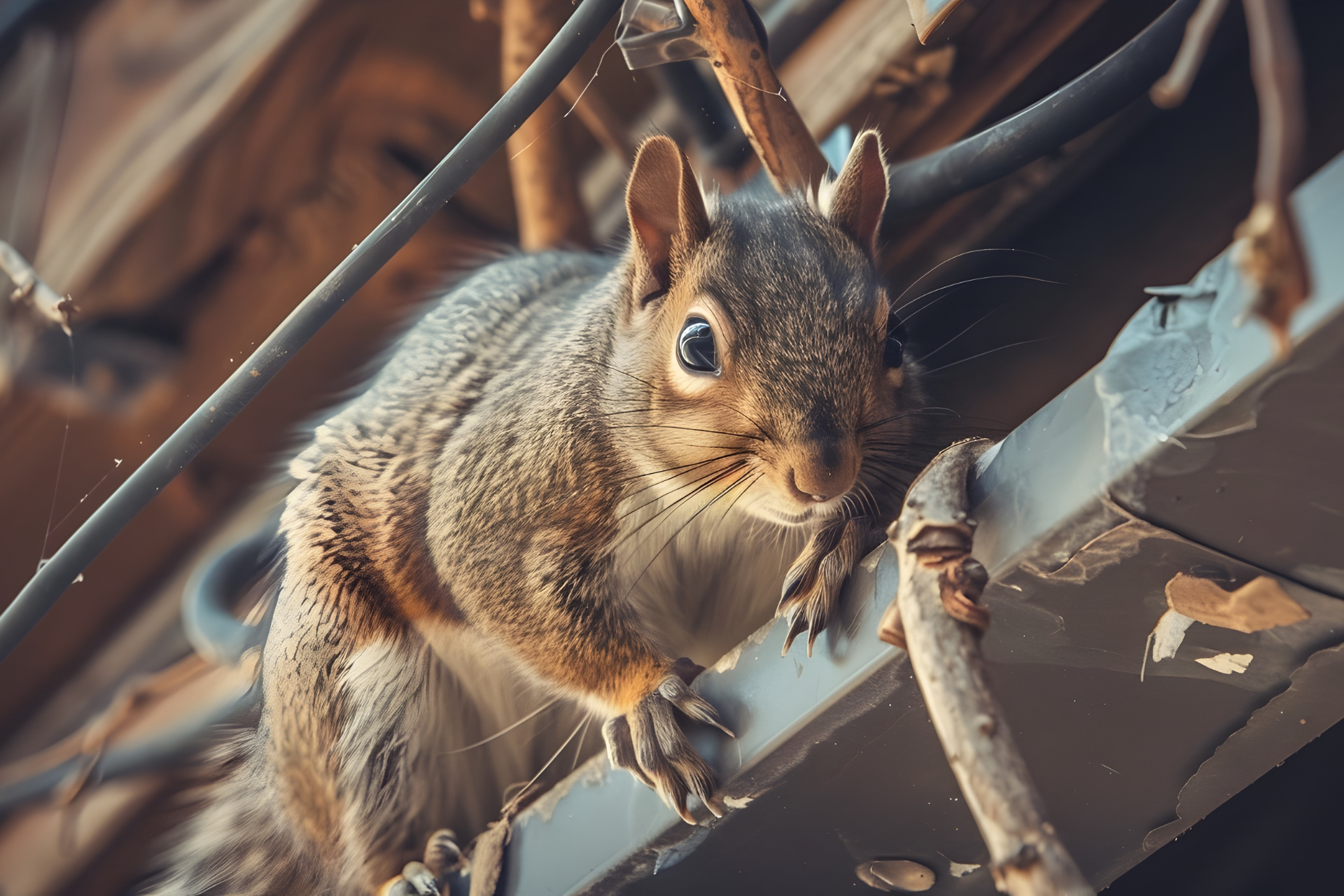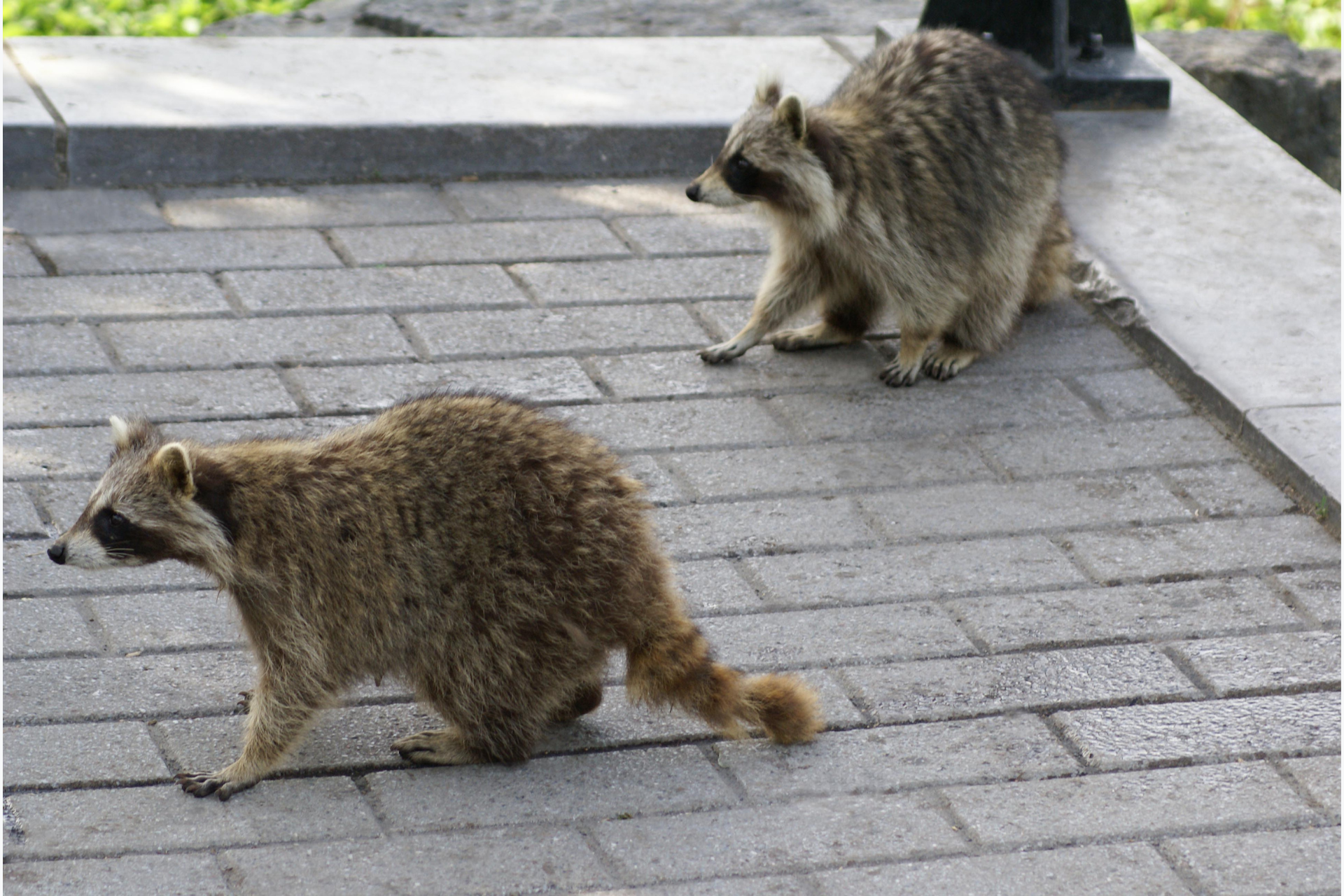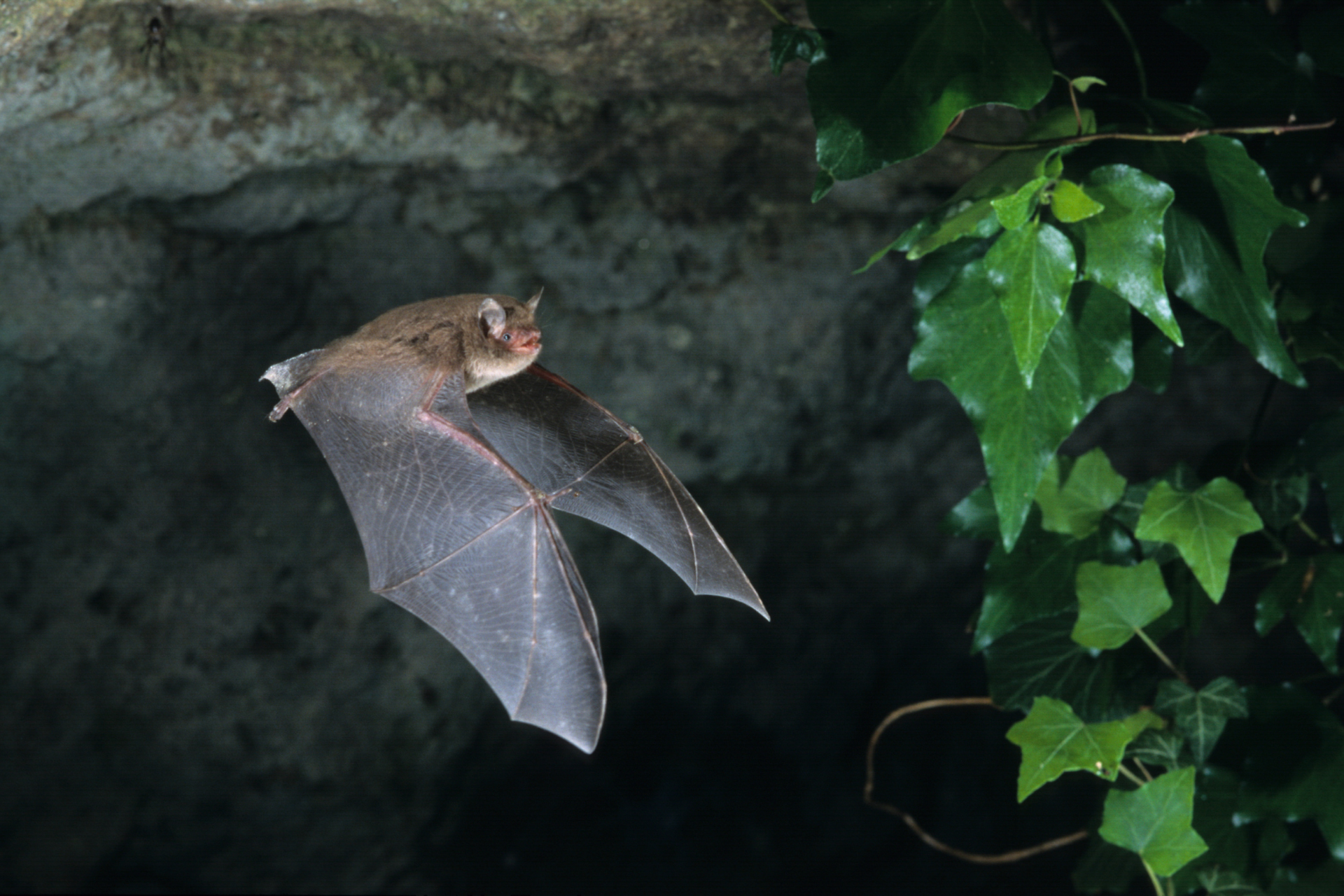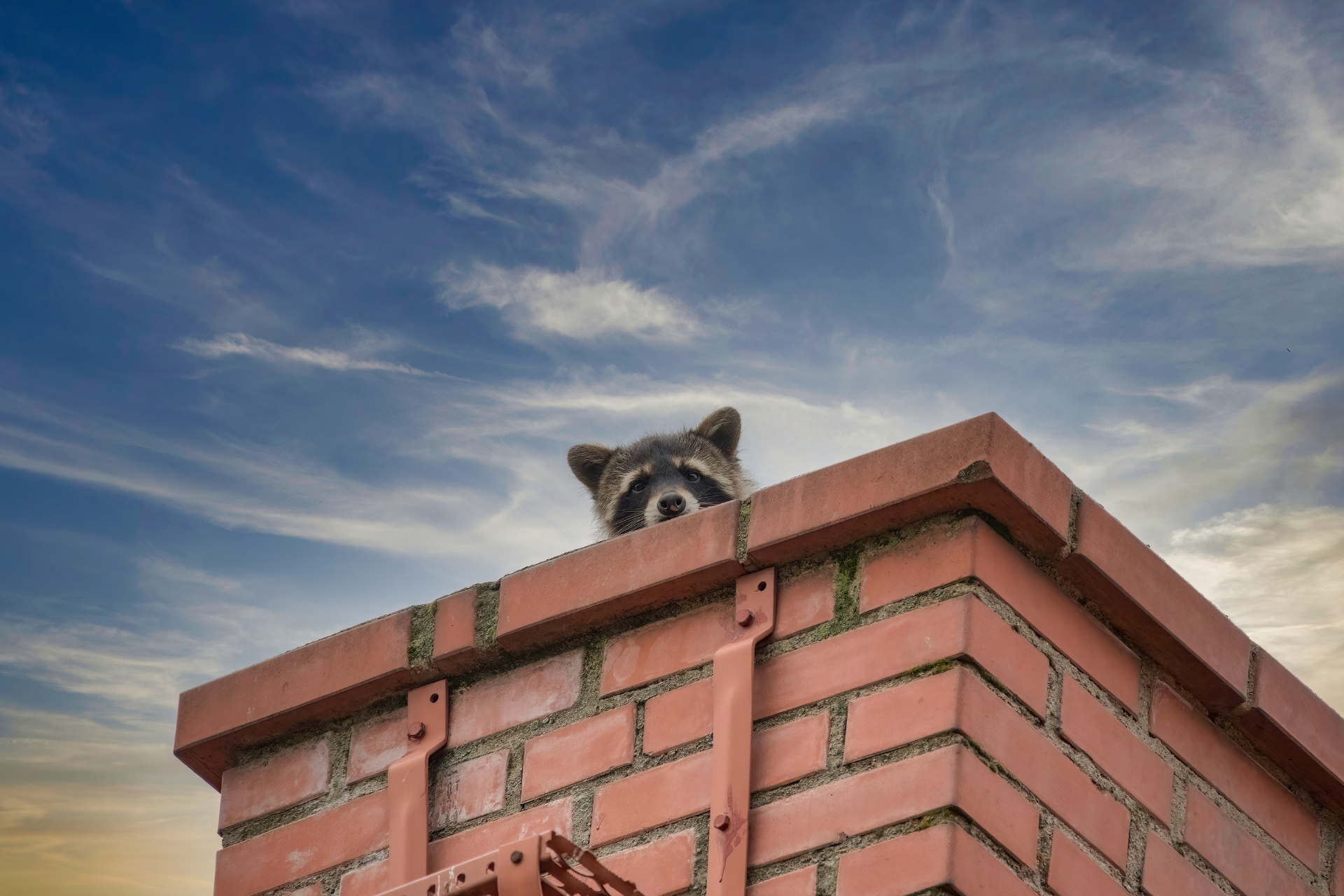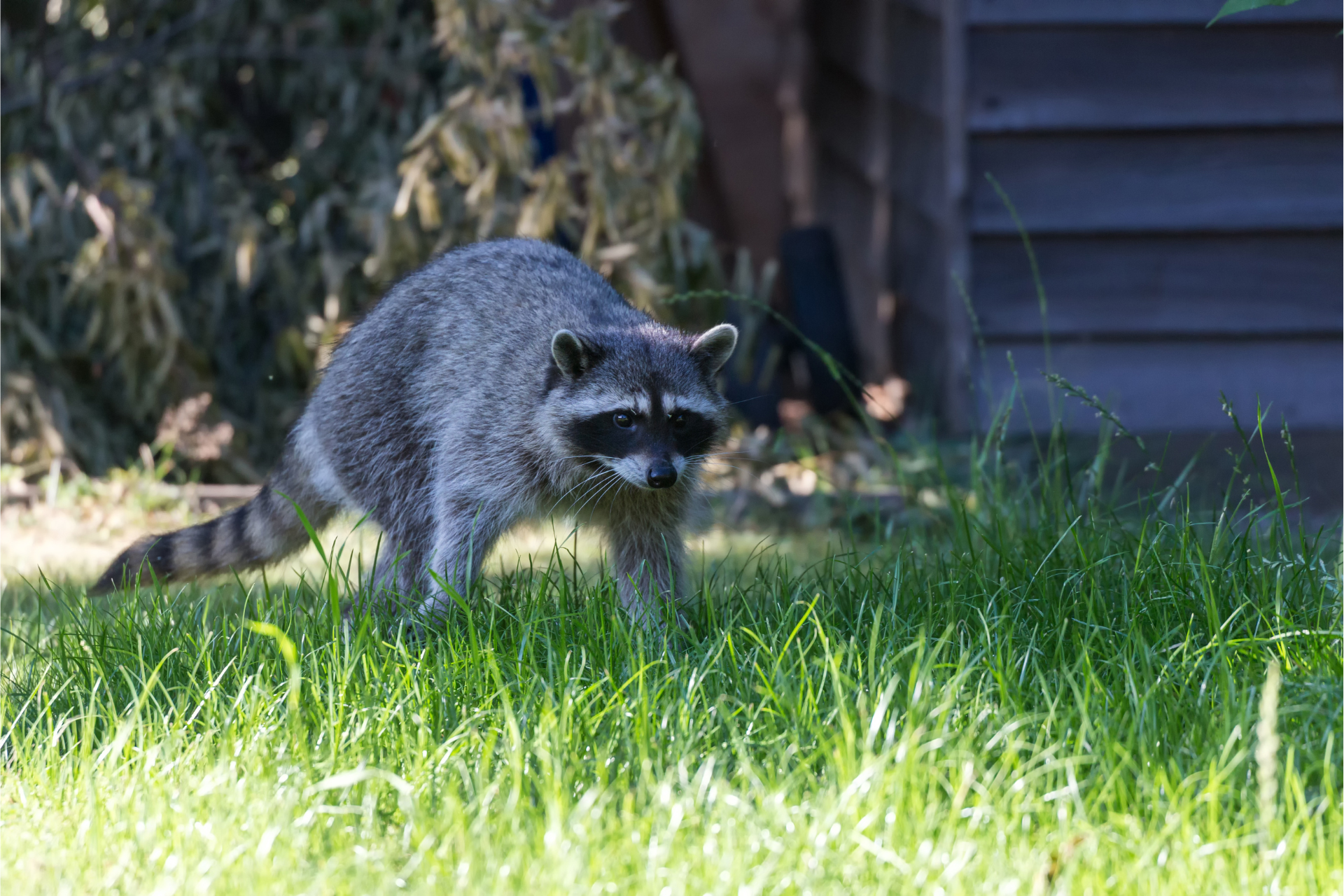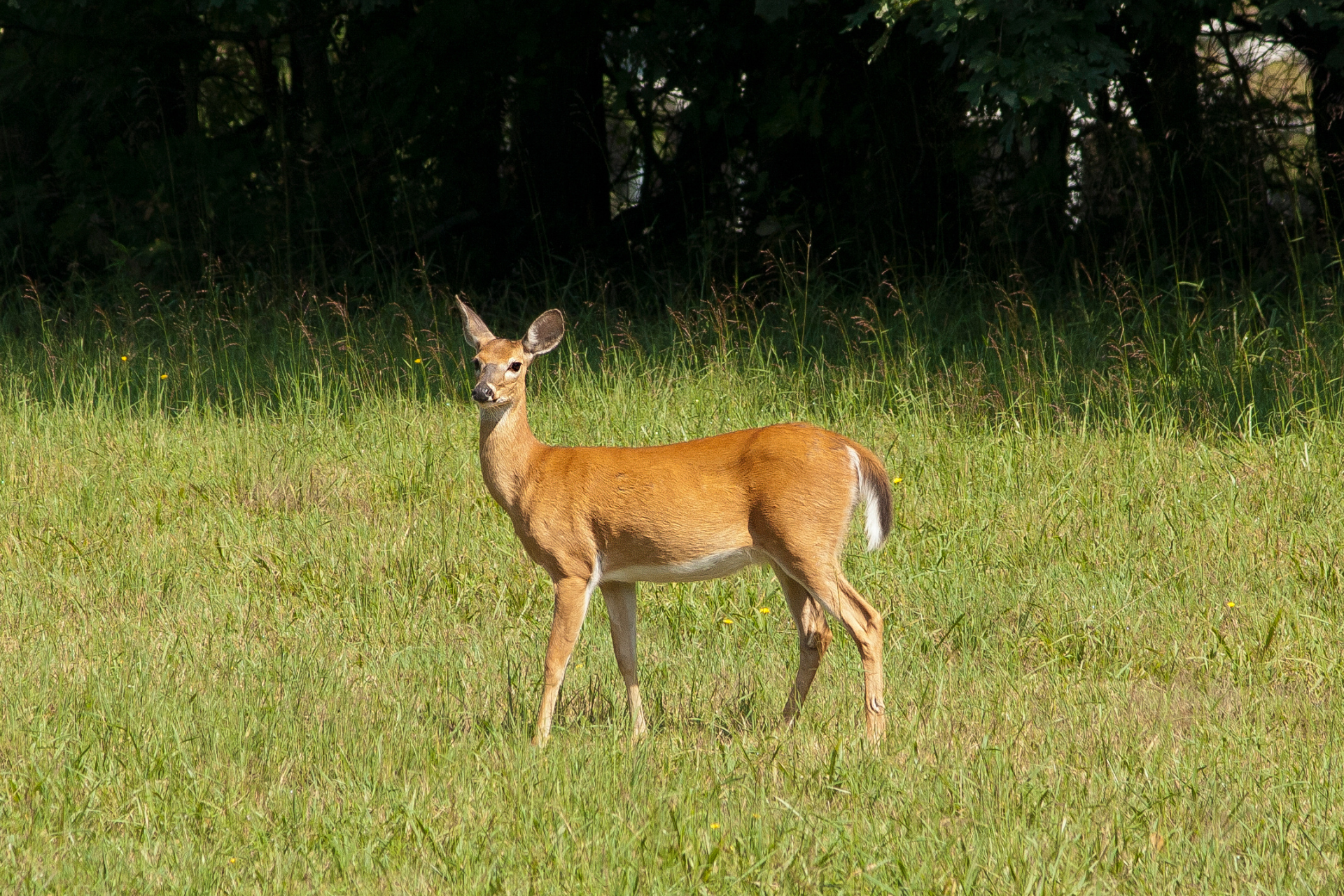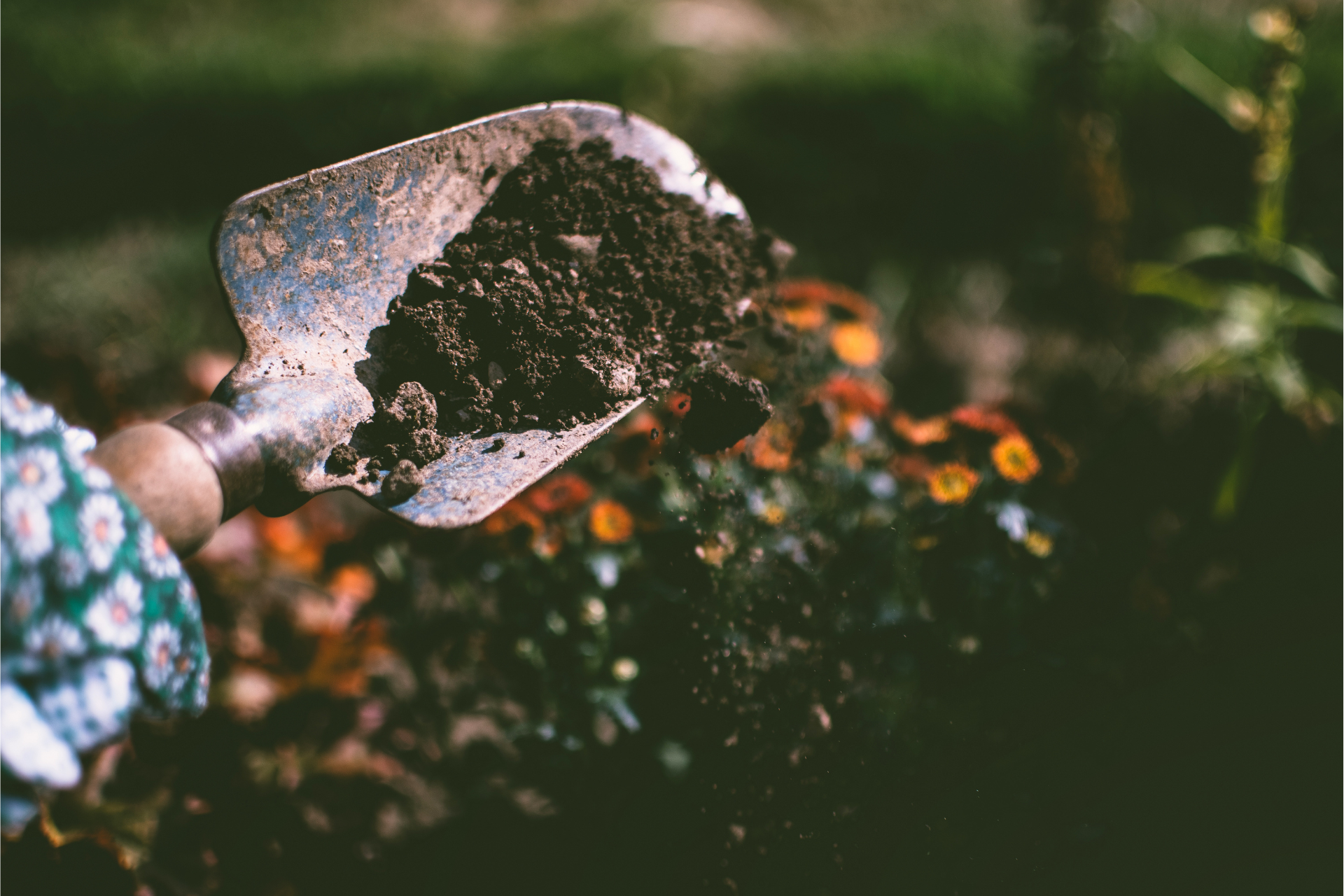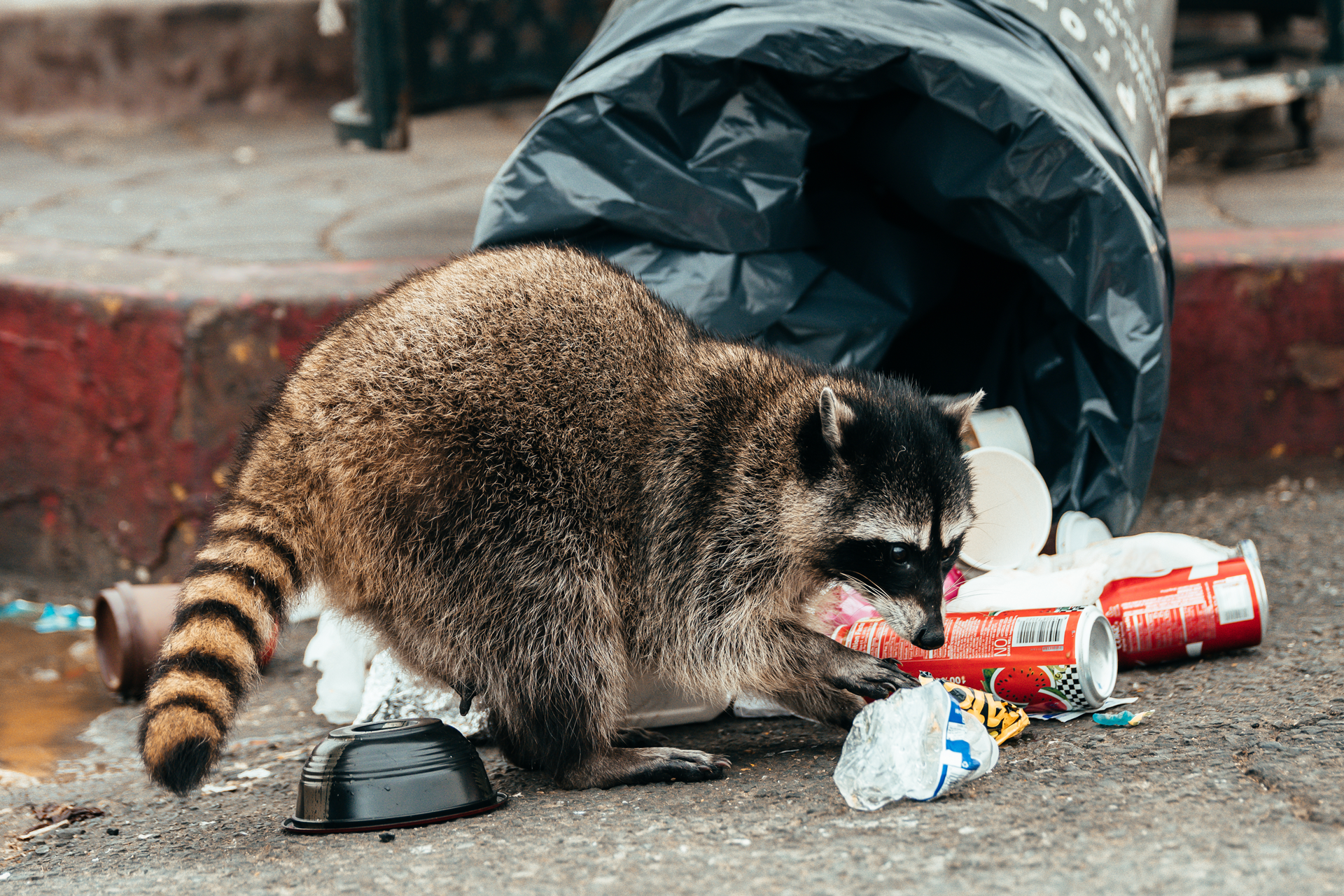What’s That Smell? Identifying Odors Caused by Wildlife
Recognizing Wildlife Smells – Common Odors And Their Meanings
Here’s something you’ll never see in a real estate listing: “Charming home with a strong, unmistakable musk of raccoon and a lingering aroma of skunk essence.” Yet, for homeowners dealing with unwanted wildlife guests, strange odors can be the first—and sometimes only—sign that something isn’t right. Animals leave their mark in more ways than one, and their scent trails can tell a story about what’s lurking in the attic, beneath the porch, or inside the walls. Recognizing these smells isn’t just about keeping your home pleasant—it’s about identifying the problem before it gets worse.
The Skunk’s Calling Card: More Than Just A Nasty Surprise
If you’ve ever had the misfortune of crossing paths with a skunk’s defense mechanism, you know just how potent it can be. But when that unmistakable stench seeps into your home, there’s a bigger issue at hand. Skunks love to den under decks, sheds, and crawl spaces, and if you start catching whiffs of that sulfur-like, burnt rubber scent, it could mean one has moved in. Even if they haven't sprayed directly under your house, their natural musk alone is enough to make itself known.
What’s worse is when a skunk feels threatened by another animal—say, your dog—or if it’s startled in its den, leading to an accidental release of its infamous weapon. The smell doesn’t just fade overnight. It clings to everything: clothes, carpets, even HVAC systems, pulling that stench into every corner of the home. If the smell keeps coming back, there’s a good chance you’ve got a skunk problem—and that’s not something you want to ignore.
Raccoon Funk: The Sour, Oily Smell Of Trouble
There’s a certain funk that raccoons bring with them, and once you recognize it, you’ll never forget it. It’s a mix of musty, sweaty, and slightly sour, almost like a combination of an old gym bag and damp dog fur. Raccoons are highly territorial, and when they nest in an attic or crawl space, they leave behind oils from their fur, urine stains, and droppings—all of which contribute to their signature odor.
The smell often builds gradually, getting stronger as more waste accumulates. If there are babies in the nest, the scent can take on an even sharper ammonia-like quality. And here’s the kicker: raccoons will sometimes use a specific area as a latrine, creating a concentrated odor zone that can be nearly impossible to mask. If that’s wafting into your home, it’s time to investigate.
That Thick, Overpowering Ammonia Stench? Probably Rodents
Mice and rats may not be the biggest wildlife intruders, but they sure can leave a stink. Their urine has a strong, acrid ammonia scent, and in large enough numbers, it can fill a room—or an entire house—with a sharp, eye-watering odor. Because rodents are creatures of habit, they tend to use the same pathways and nesting sites over and over again, saturating insulation, drywall, and flooring with their waste.
The tricky thing with rodent odors is that they often stay hidden for a while, only becoming noticeable when an infestation has grown out of control. If you’re catching a faint ammonia smell in an attic, basement, or along walls, it’s a big red flag. Even worse? When a rodent dies inside a wall or vent. The decay process releases gases that can be overwhelmingly foul, signaling it’s time to call in an expert before things get unbearable.
The Thick, Musky Scent Of Bats
Bats might not seem like smelly creatures, but when they roost in large numbers, their presence becomes undeniable. The primary culprit? Guano. Bat droppings have a strong, pungent odor that’s often described as a mix between ammonia and wet leather, and as it accumulates, the smell intensifies.
Unlike some wildlife invaders, bats don’t just leave behind an unpleasant smell—they bring serious health risks. Their droppings can harbor fungal spores that lead to respiratory illnesses, making it dangerous to clean up without proper protection. If a strange, musky odor seems strongest near vents, attics, or chimneys, there’s a good chance bats are to blame.
The Smell of Decay: When Something Dies
Of all the wildlife-related smells, nothing is worse than the scent of decomposition. It’s unmistakable—thick, sickly sweet, and completely overwhelming. If an animal dies inside a wall, under a porch, or in an attic, the smell can linger for weeks, growing stronger as the body breaks down.
The location of the smell gives clues about what kind of animal might be responsible. A strong stench from the attic? Likely a raccoon or squirrel that got trapped. A foul odor near a vent or crawlspace? Could be a skunk, possum, or rodent. The worst-case scenario is when the animal is trapped somewhere inaccessible, leaving homeowners with a haunting odor and few options beyond cutting into walls or floorboards to remove it.
If your home has developed an unfamiliar wildlife-related odor, ignoring it is the worst thing you can do. These smells aren’t just unpleasant—they signal a problem that won’t fix itself. Whether it’s a skunk burrowed under the deck, a raccoon nesting in the attic, or something far worse hidden behind your walls, the only way to truly eliminate the smell is to remove the source.
That’s where Critter Detective comes in. We specialize in finding and removing nuisance wildlife, no matter how sneaky they’ve been in getting inside. If your home has started to smell a little too wild, don’t wait for the problem to get worse—contact Critter Detective today and reclaim your space.
All Rights Reserved | Critter Detective LLC
